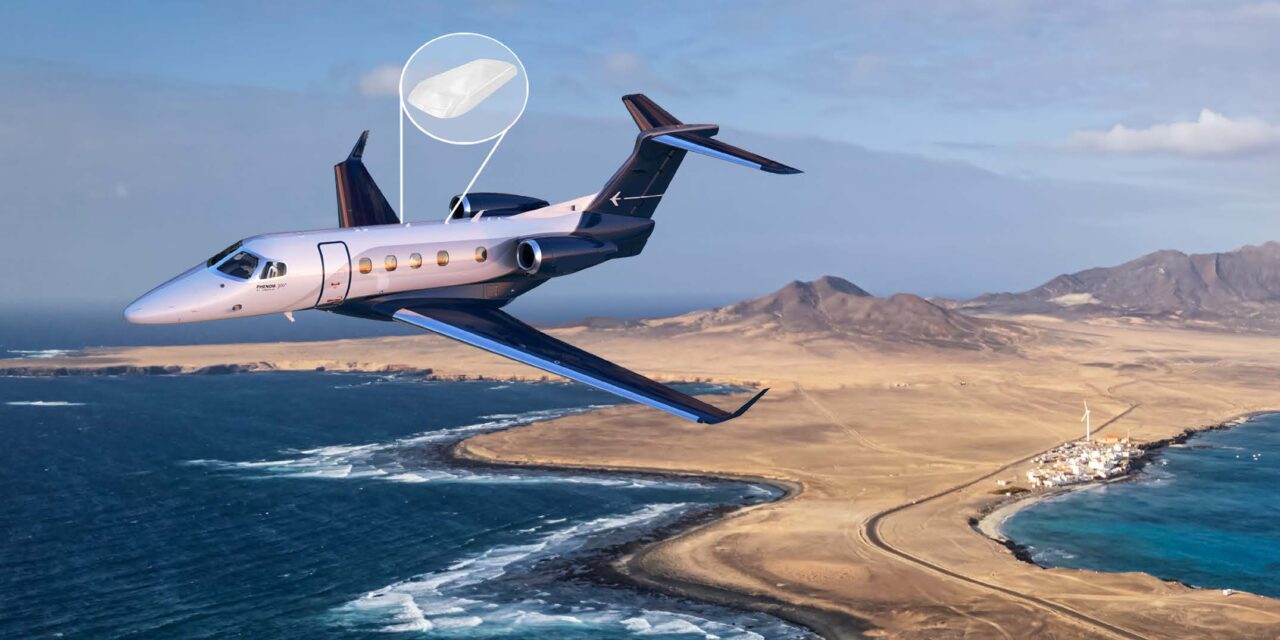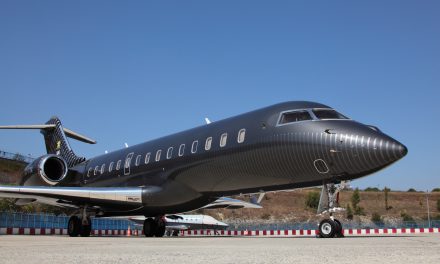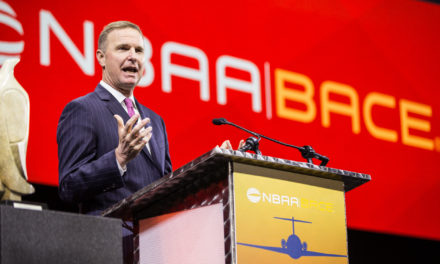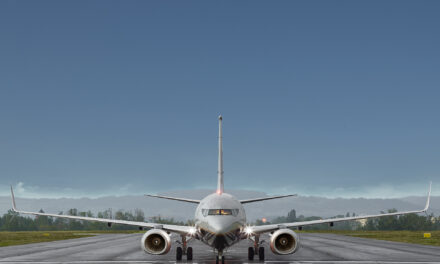By Iris Savage – © Satcom Direct

“Consistent global connectivity, multi-lingual 24/7/365 customer support, and technology that keeps pace with the rapidly changing connectivity sector without regular system replacement is what our customers are demanding,” states Chris Moore, President of Satcom Direct about what the business aviation industry requires from its connectivity providers. As SD begins validating the third antenna in its pioneering SD Plane Simple® hardware series, Moore is well-positioned to influence the evolving sector by raising standards as SD brings reliable highspeed broadband to a more inclusive set of airframe sizes that traditionally lack access to high-speed broadband connectivity services, and the operational, and customer benefits.
There is much expectation surrounding the introduction of the SD Plane Simple flat panel, fuselage-mounted Electronically Steered Antenna, ESA. When it begins testing in August 2024 on a Cessna CJ3 airframe and connects with the Eutelsat OneWeb Low Earth Orbit, LEO constellation, it will be the first purpose-built terminal to address the needs of this airframe category.
Phased array antennas have been used in airline and defence applications for years but require significant power and generate a lot of heat, making them incompatible with smaller aircraft. The times, however, are changing. «With its small form factor, reduced power needs and minimal heat generation, our compact ESA allows owners of smaller airframes to harness high-speed broadband for the first time. We are once again breaking boundaries; it’s a game-changing technology for business aviation, and we’re proud to lead the way.»
SD recognizes that some owners are more likely to be sensitive to installation, maintenance and service costs and has responded by devising a system that doesn’t need to be regularly maintained or reinstalled when the constellation is updated. Pricing plans have also been rounded out with, amongst other options, an industry-first three-year plan that offers a fixed monthly fee with no initial capital outlay. There are operational benefits, too. «The lack of moving parts adds even more efficiency and reduces maintenance costs as there are fewer parts to fail. The SD ESA has also been designed to preserve the integrity of the antenna installation, minimizing the need for invasive upgrades. Most updates will happen in the SD Modem Unit rather than on the antenna. This is a major leap forward in terms of budgets, maintenance, and connectivity management,» says Moore.
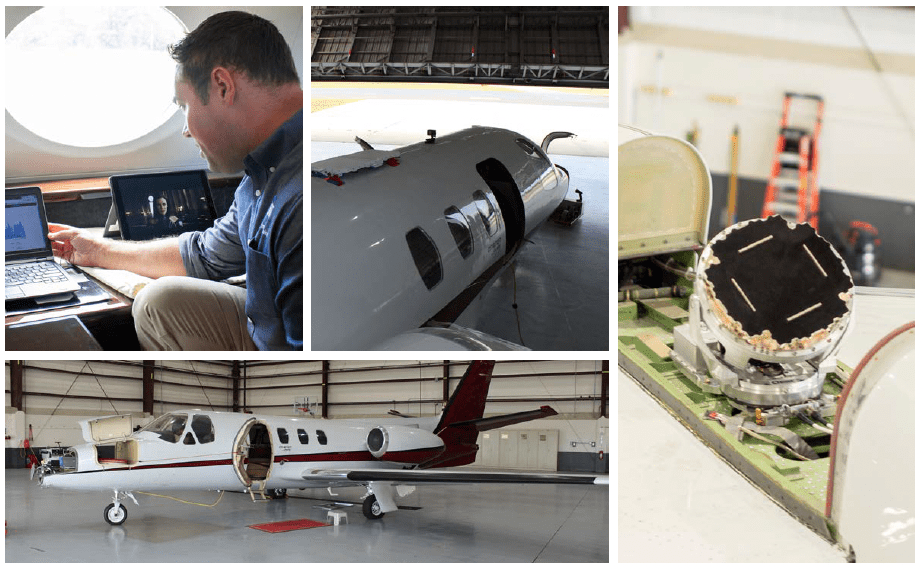
SD has also developed its ESA using a modular architecture, allowing the technology to be scaled up or used to support specific usage purposes. «There are so many potential applications for the ESA we are already receiving inquiries from a diverse set of existing and new customers. For large cabin owners, we can provide additional redundancy; for special mission and civilian operators, we’re adding a powerful new tool to their missions; and for the rotary market, it’s opening up many new connectivity options. We always customize our services for our customers, adding a great new option to the mix. It is certainly not a one-size-fits-all option.»
The benefits of equipping the complete SD Plane Simple antenna family have not gone unnoticed. Avcon Jet announced at EBACE 2024 that it will be the launch customer for the SD ESA and is looking to equip multiple aircraft using a mix of the SD Plane Simple antenna series. This includes the SD Plane Simple Ku-band tail mount antenna powered by the dedicated-to-business-aviation Intelsat FlexExec airtime and the Ka-band tail mount variant, which connects with the Viasat Ka-band existing and next-generation satellites.

